Notice: Below is a list of 0 important links included on this page.
Please note that while screen readers have made significant strides, they may still lack full support for optimal web accessibility.
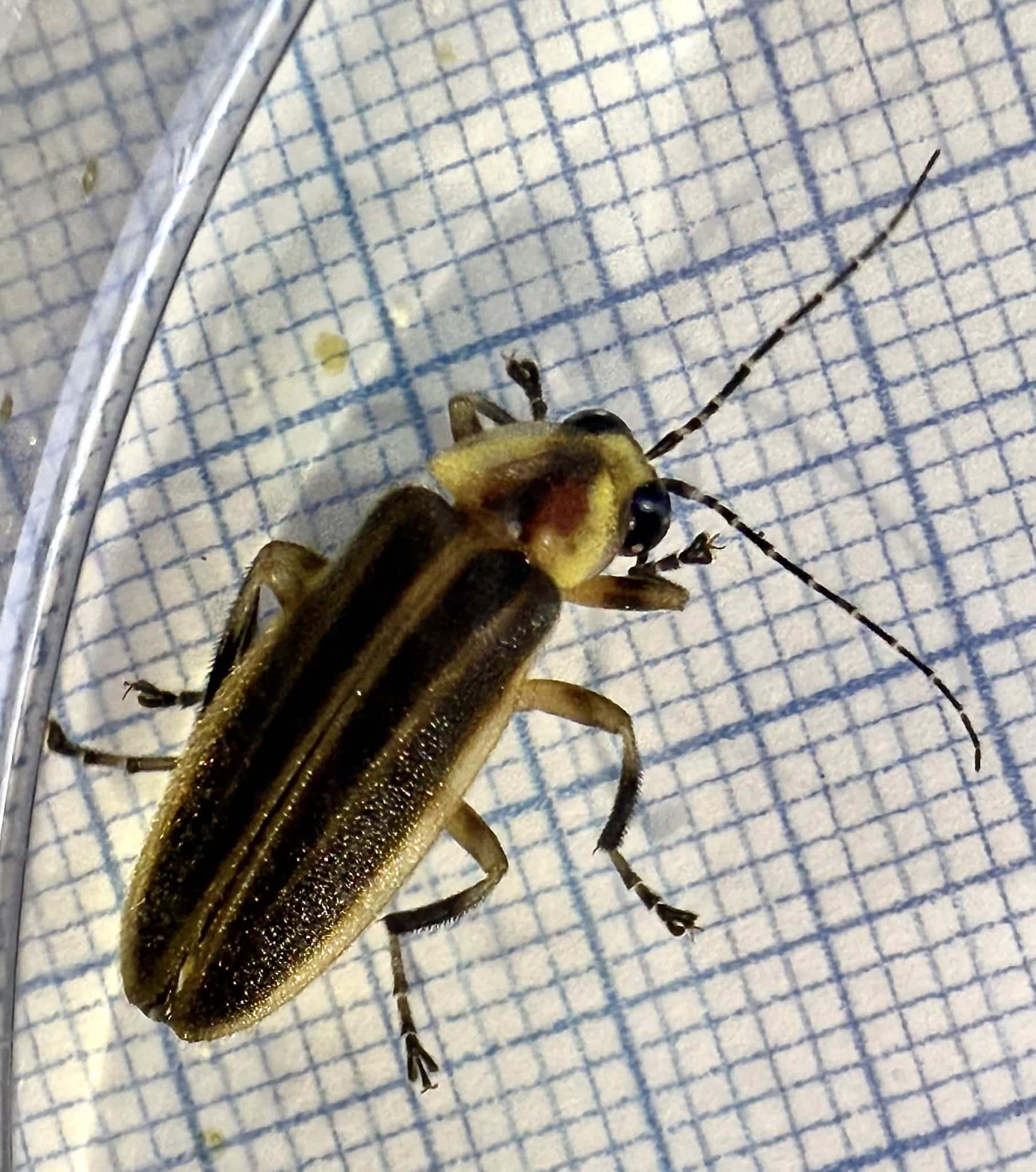
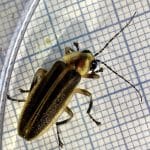



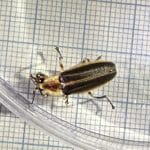
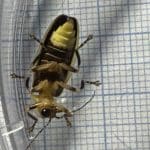
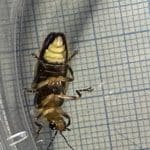
You must be logged in to post a comment.
This is a project of the Xerces Society, working in collaboration with the IUCN SSC Firefly Specialist Group and New Mexico BioPark Society.
Copyright © 2025 The Xerces Society •1631 NE Broadway Street, #821 • Portland OR 97232 USA
This is an intriguing observation! I changed the ID to “Photuris unknown” because, while this is a “Photuris versicolor” in the general sense of that species group, in the Firefly Atlas we use “Photuris versicolor” more narrowly to refer to the Photuris species in Eastern States that does a multi-pulse flash pattern and has dark hind coxae. It is tricky to use “Photuris versicolor” in broader group sense, because technically species like Photuris tremulans, Photuris forresti and others would fall under this group.
Based on the information in Lloyd 2018, the only two species longer than 15 mm known in Texas are PHoturis frontalis (which this firefly clearly is not) and Photuris katrinae, which is known further to the west. Photuris mysteries are ongoing!
Thank you, Richard. We may want to look into how to research whether this could be a previously undocumented species—how exciting would that be? We understand your point about using Photuris versicolor as the species name as well as now the confusion of referring to the specimen as part of the versicolor complex. Thank you for pointing that out about the complex. “Photuris unknown” does add a nice touch of mystery!